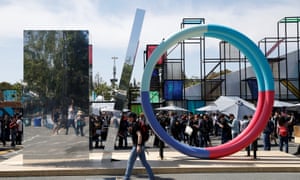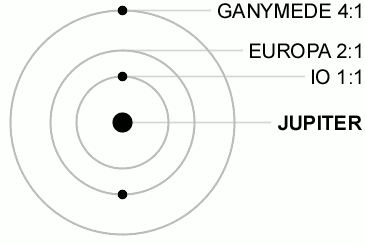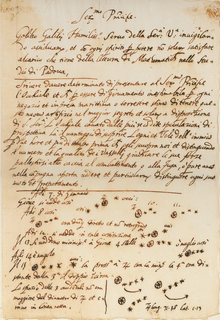Circle :: Wheel
galgal – a wheel, whirl, whirlwind
gilgal (39)
gilead (101)
galilee (71) O1733
compass (127)
ring
crown
round
- (26 Exodus)
- (37 NT)
midst
- (22 Exodus)
- (44 NT)
- (11 Rev)
Jericho
- (6 Joshua)
- (26 NT)
circle (1)
whirl (28)
circuit (4)
circumcision (32)
Pi
cern
symmetry
clock
year
12 months
30 days in a month
4 weeks in a month
24 hours in a day
- 1,440 minutes in a day
- 43,200 minutes in a month
- 518,400 minutes in a year
60 seconds in an hour
- 2592000 seconds in a day
- 155,520,000 seconds in a month
- 9,331,200,000 seconds in a year
why is the Gregorian off three years with 5 added days?
Galileo Galilei
Galileo Galilei 15 February 1564[3] – 8 January 1642) was an Italian astronomer, physicist, engineer, philosopher, and mathematician who played a major role in the scientific revolution of the seventeenth century. He has been called the “father of observational astronomy“,[4] the “father of modern physics“,[5][6] and the “father of science“.[7] His contributions to observational astronomy include the telescopic confirmation of the phases of Venus, the discovery of the four largest satellites of Jupiter (named the Galilean moons in his honour), and the observation and analysis of sunspots. Galileo also worked in applied science and technology, inventing an improved military compass and other instruments.
Galileo’s championing of heliocentrism and Copernicanism was controversial during his lifetime, when most subscribed to either geocentrism or the Tychonic system.[8] He met with opposition from astronomers, who doubted heliocentrism because of the absence of an observed stellar parallax.[8] The matter was investigated by the Roman Inquisition in 1615, which concluded that heliocentrism was “foolish and absurd in philosophy, and formally heretical since it explicitly contradicts in many places the sense of Holy Scripture.”[8][9][10] Galileo later defended his views in Dialogue Concerning the Two Chief World Systems, which appeared to attack PopeUrban VIII and thus alienated him and the Jesuits, who had both supported Galileo up until this point.[8] He was tried by the Inquisition, found “vehemently suspect of heresy”, and forced to recant. He spent the rest of his life under house arrest.[11][12] While under house arrest, he wrote one of his best-known works, Two New Sciences, in which he summarized work he had done some forty years earlier on the two sciences now called kinematics and strength of materials.[13][14]
It was on this page that Galileo first noted an observation of the moons of Jupiter. This observation upset the notion that all celestial bodies must revolve around the Earth. Galileo published a full description in Sidereus Nuncius in March 1610
| Born | 15 February 1564 Pisa, Duchy of Florence, Italy |
|---|---|
| Died | 8 January 1642 (aged 77) |
io/jupiter
Io played a significant role in the development of astronomy in the 17th and 18th centuries.

An attendee walks past a sculpture during the Google I/O 2016 developers conference in Mountain View, California Photograph: Stephen Lam/Reuters

